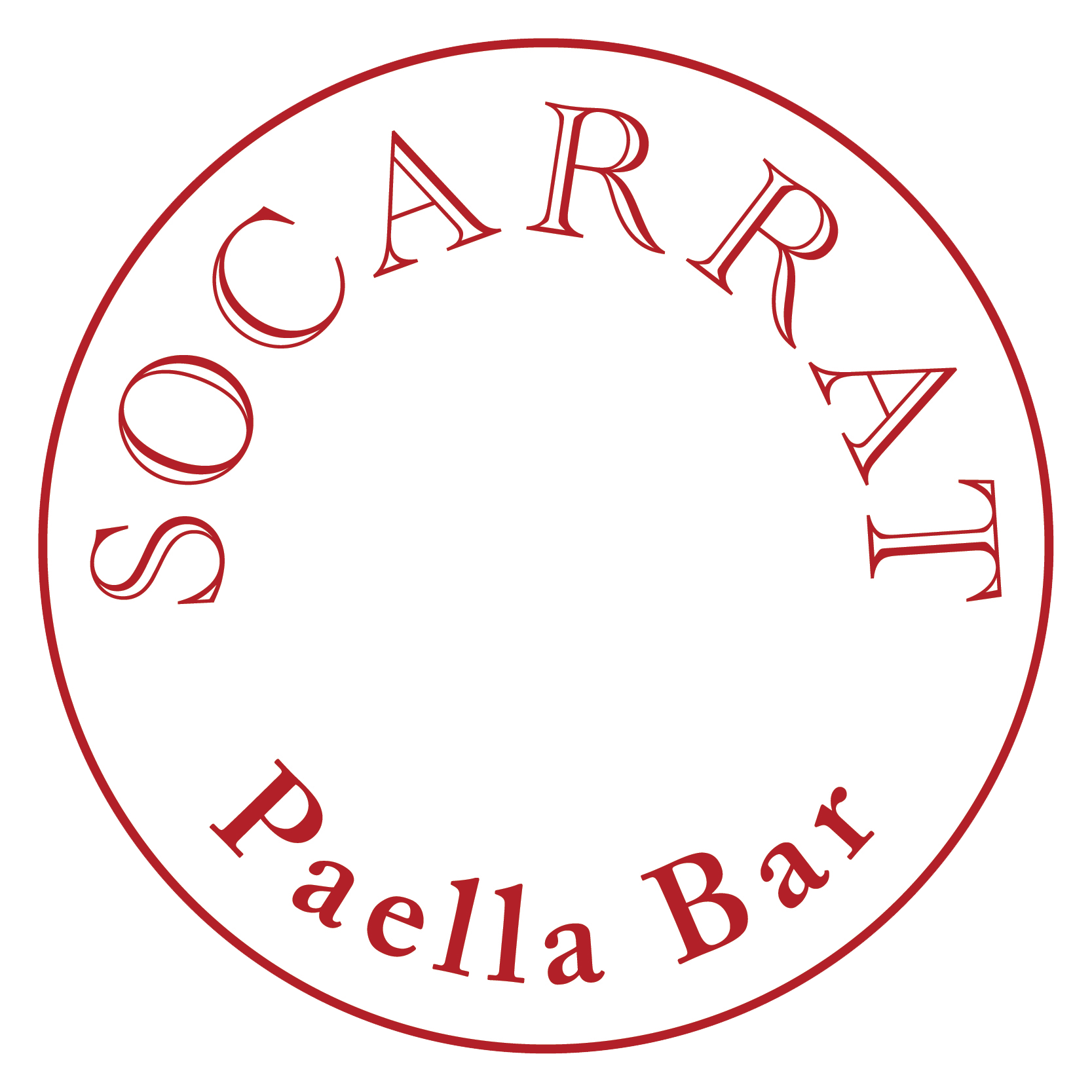A visit to the wine region of La Rioja in northern Spain offers you tastes of delicious wines at any time of the year. The fall, however, might be the best season to take a trip to the Spanish region because you’ll be surrounded with autumnal colors. Burnt red, fiery orange and warm gold leaves blanket this region in Spain and turn La Rioja into a rich fall-inspired quilt, providing not only incredible wines, but some of the most bountiful views in Spain as well.
Spanish wine regions and wine varietals
In Spain, you can find red wine, white wine, rosé wine, sparkling wine and fortified wine. Basically, you can have any type of wine you desire in Spain!
The most famous Spanish wines come from La Rioja region, whose main wine varietals are tempranillo and garnacha, though other grapes are grown as well. La Rioja has three distinct growing regions, ensuring the correct care for each grape in its ideal climate. La Rioja’s red wines are prized as some of the best in Spain.
While La Rioja is arguably the most well-known wine region in Spain, there are many other fantastic wine-producing regions in the country. Ribera del Duero, a region north of Madrid and midway between the capital and the northern coast of Spain, is also famous for its exquisite red wine, known especially for its tempranillo varietals like in La Rioja.
In the south of Spain, Jerez is famous for being the only place in the world that produces sherry, a fortified wine. In fact, the word sherry in Spanish is jerez, coming directly from the region where the grapes are grown.
When searching for Spanish white wine, look no further than two regions in Galicia. The region of Rias-Baixas offers fruity and citrusy albariño wine. This area in the northwest corner of Spain has a cool, Atlantic climate that makes for a fantastic white wine. Valdeorras in the same region produces exquisite albariño wine as well.
If you’re thirsty for Spanish sparkling wine, cava is produced throughout Catalonia in the northeast region of Spain. Its effervescent and light taste make it a refreshing, bubbly wine.
Making Spanish wine
During the fall season, the harvest begins. In certain regions of Spain, it’s common for the grapes to be collected by hand, but more often it is done by machine. Once collected, the stem is removed from the grape. Like the grape collection, this can be done either by hand or mechanically.
At this point, it’s time to crush or squeeze the juice out of the grapes. The skins of the purple grapes are left with the juice to create the deep red color and to add tannins to the wine, while the skins of the green grapes are removed from the juice that will eventually become the white wines. For rosé wines, which are becoming ever more popular in Spain, the skins are left with the grape juice long enough for it to take on the desired color.
Now, it’s time for the fermentation. There are two types that generally occur for the must (the juice, skins and pulp of the grape) to become a wine: alcoholic and malolactic. While alcoholic fermentation is necessary to produce alcohol, malolactic fermentation may or may not be done depending on the type of grape and wine and the winemaker’s preferences.
During the alcoholic fermentation, the yeast in the juice begins to consume the sugar and in doing so, releases alcohol and carbon dioxide. Other byproducts that give each wine certain flavor and aroma characteristics are also produced. The malolactic fermentation happens when the malic acid found naturally in the grapes is transformed into lactic acid, providing smoother drinking properties for the finished wine.
From here, the wine will then be transferred to a different vessel where it will age. The wine will age according to the desires of the winemaker, and in some months or years, the red wine, white wine or rosé wine will be ready to be savored.
Spanish wines at Socarrat
If you’re looking to try some incredible Spanish wines in New York City, come visit us at one of our three Socarrat locations. Our extensive wine list offers you a chance to taste earthy red wines from the Rioja region, fruity white wines from the Rias-Baixas or the Valdeorras regions, or sparkling wines from the northeastern regions, transporting you to the gorgeous vineyards of Spain’s wine country with each sip.


